
Effect of Membrane Filter Pore Size on Microbial Recovery and Colony Morphology Summary The 0.45 µm membrane filter size is the preferred choice for microbial recovery and colony morphology and has been demonstrated by comparing the effects of combinations on range of pore sizes on colony size and recovery.
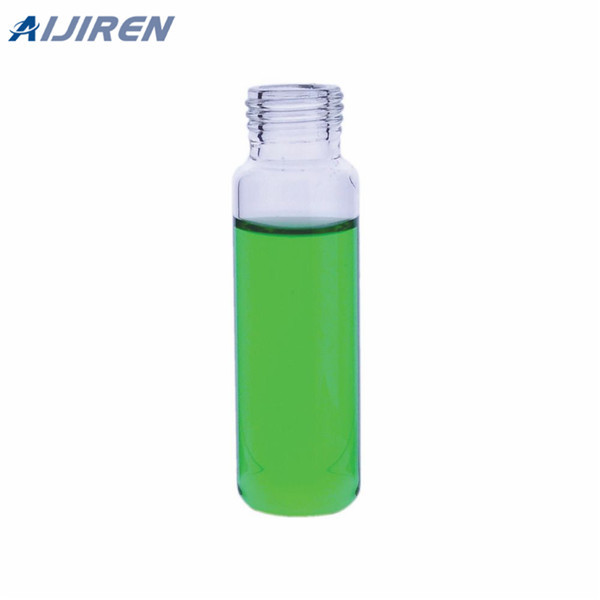
Jun 01, 2005 · The results presented in this paper show that the use of membrane filtration of Cabernet Sauvignon wine affected both its aromatic and phenolic profiles, producing a decrease in the concentration of tannins (4.8%) and anthocyanins (2.4%), a 10% reduction in the total polyphenolic index (which reflects previous results).
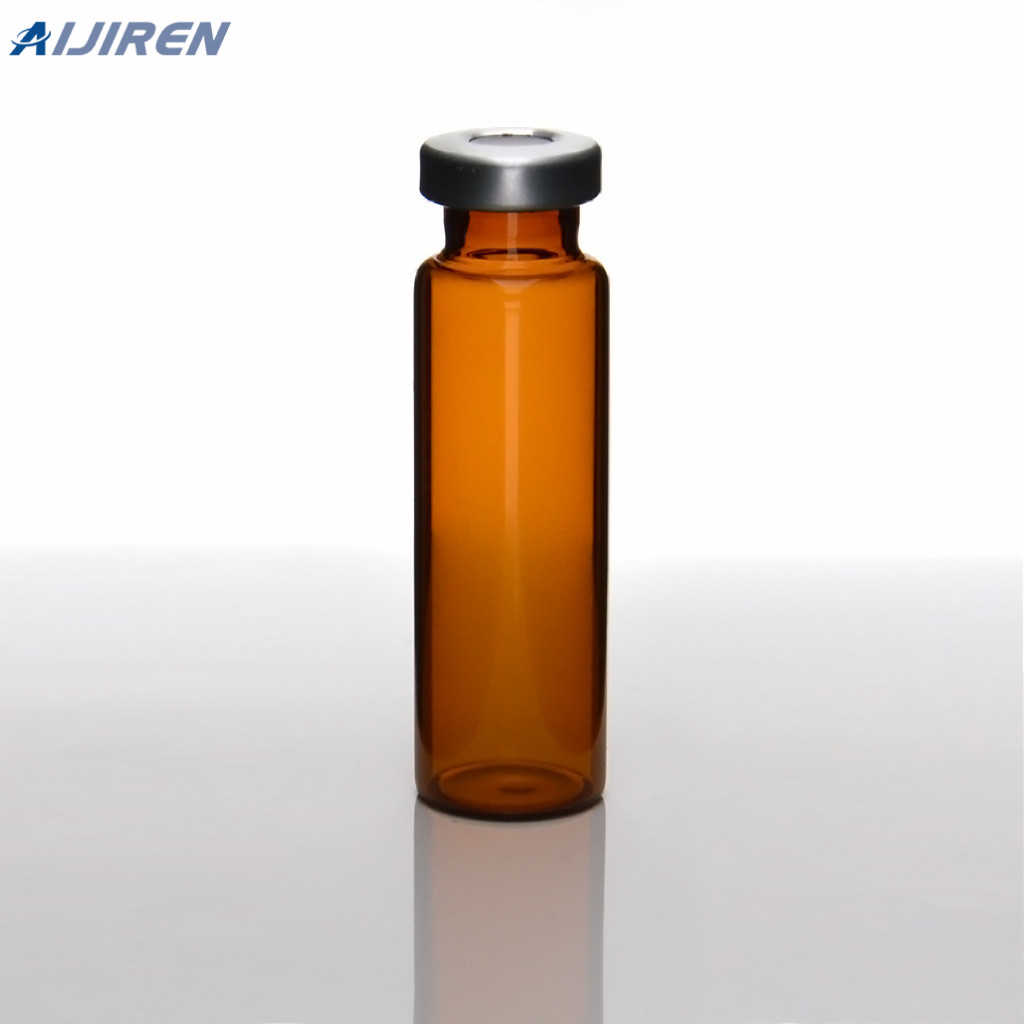
Polyethersulfone (PES) membrane filters are hydrophilic, high flow rate and low non-specific protein adsorptive membranes. These properties make them excellent for the filtration of aqueous solutions as well as variouse solvents and pharmaceutical solutions. Available in pore sizes from 0.1 um to 0.45 um and multiple diameters, Sartorius is
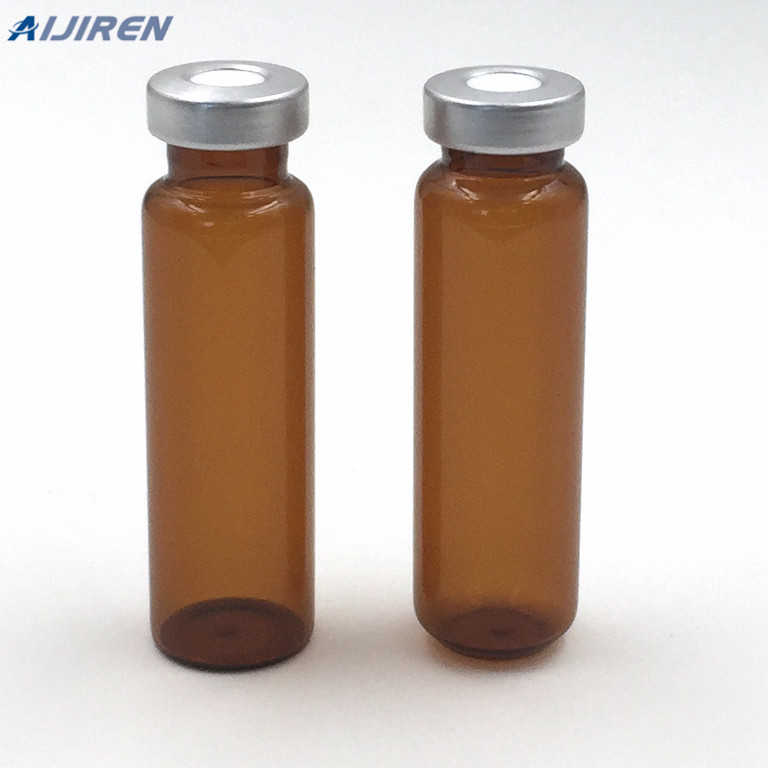
Aug 20, 2019 · Principle of membrane filtration 1. Mechanical retention: that is, screening. The membrane has the function of retaining impurities such as particles 2. Physical effect or adsorption retention effect: In addition to the screening effect, the influence of other factors... 3. Bridging effect: At ...
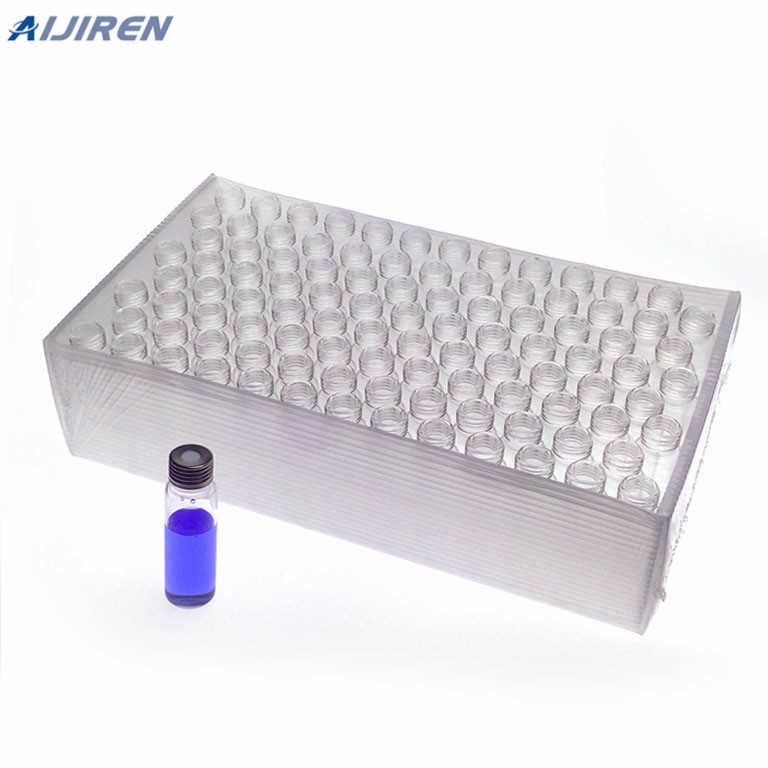
Membrane filters are used to remove organic compounds. The nature of the compound will determine whether it can be removed by a particular level of membrane filtration. Surface waters are generally more difficult to treat than highly organic groundwater using membrane filtration due to the increase fouling potential of surface water.

Sep 25, 2020 · The membrane filter should be inspected before use to determine whether it has an adsorption effect on the measured components. No matter the dissolution, or the content, or the relevant substances, if the membrane filter has an effect, it will lead to the subsequent output results are wrong.
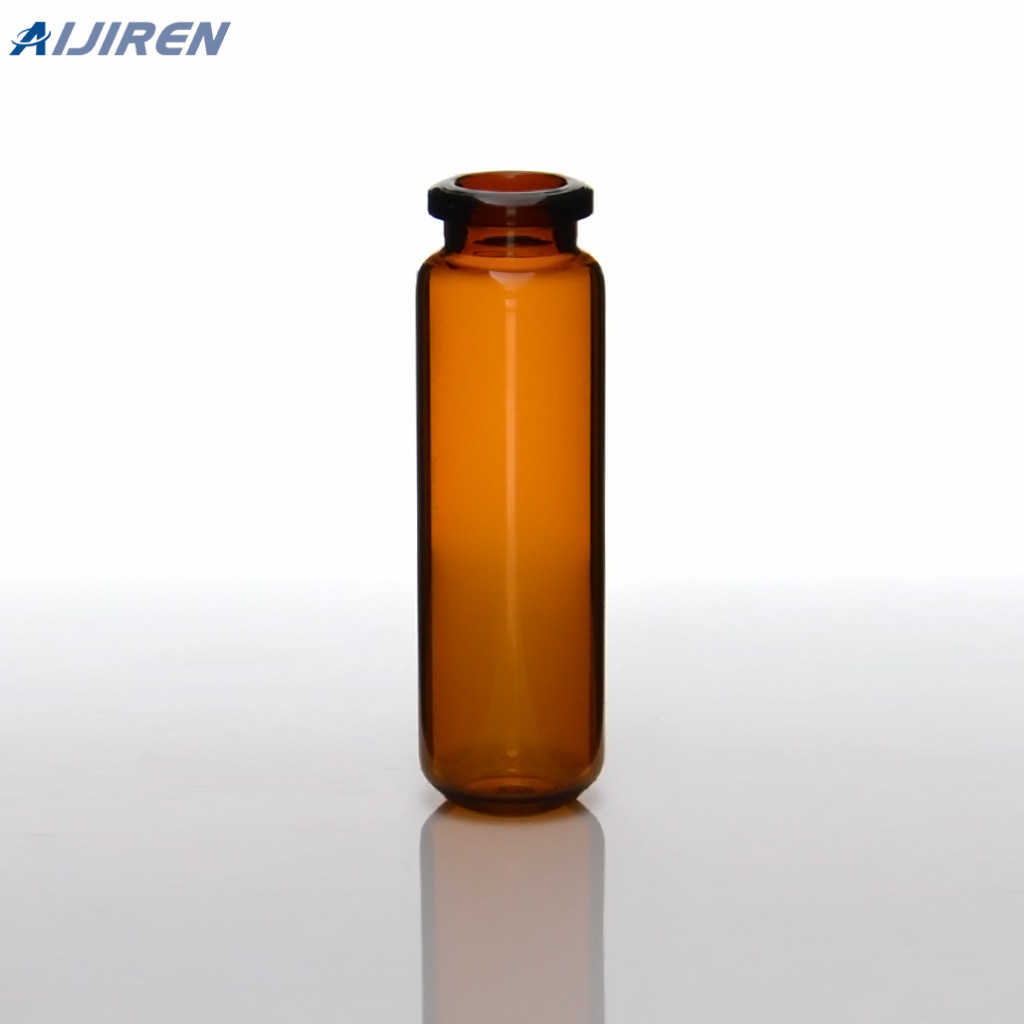
Strongly acidic or alkaline solvents might not immediately damage a membrane but can have an effect over time. As such, only highly inert membranes such as PTFE are suitable for high and low pH samples. Depth filtration. In terms of particle retention, filters fall into two categories: surface filters and depth filters.

Membrane filters act as a barrier to separate contaminants from water, or they remove the particles contaminating the water. Reverse osmosis, ultrafiltration, and nanofiltration all use a membrane in their different filtration processes. Our Master Water Specialist, John Woodard, explains what a membrane filter is and how it works inside different water filtration systems.
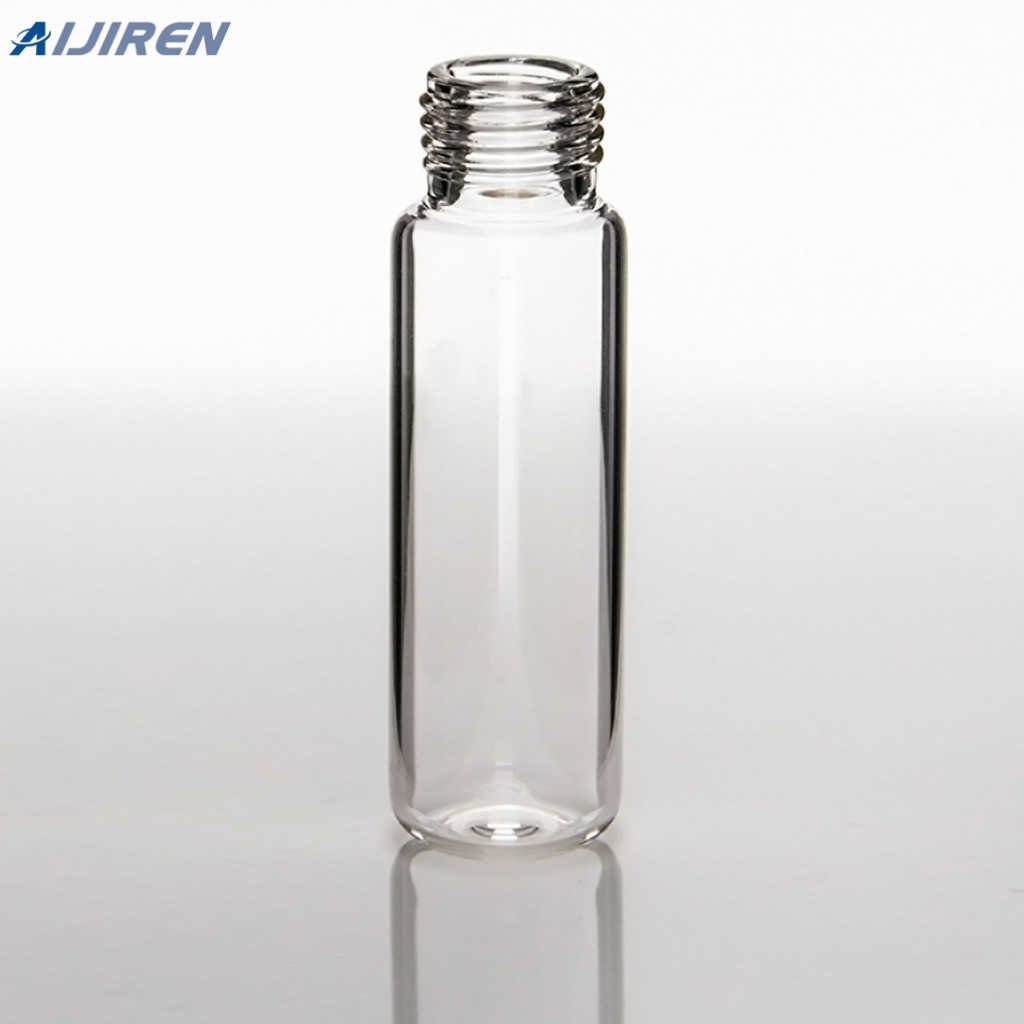
The purpose of this study is to quantify the effects of these membrane filtration processes on the concentration and composition of PS-20. A quantitative understanding of this process provides the knowledge base for better controlling the consistency of formulation excipients in drug products.
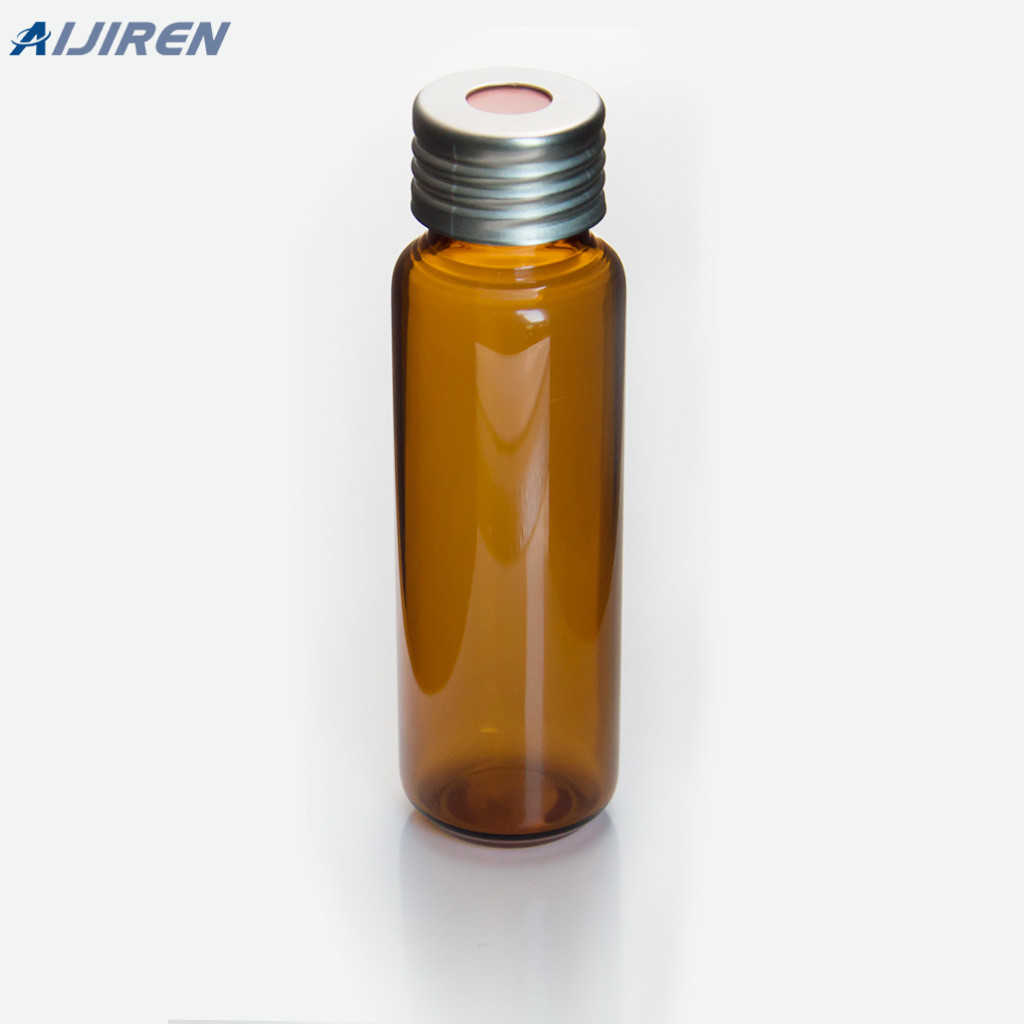
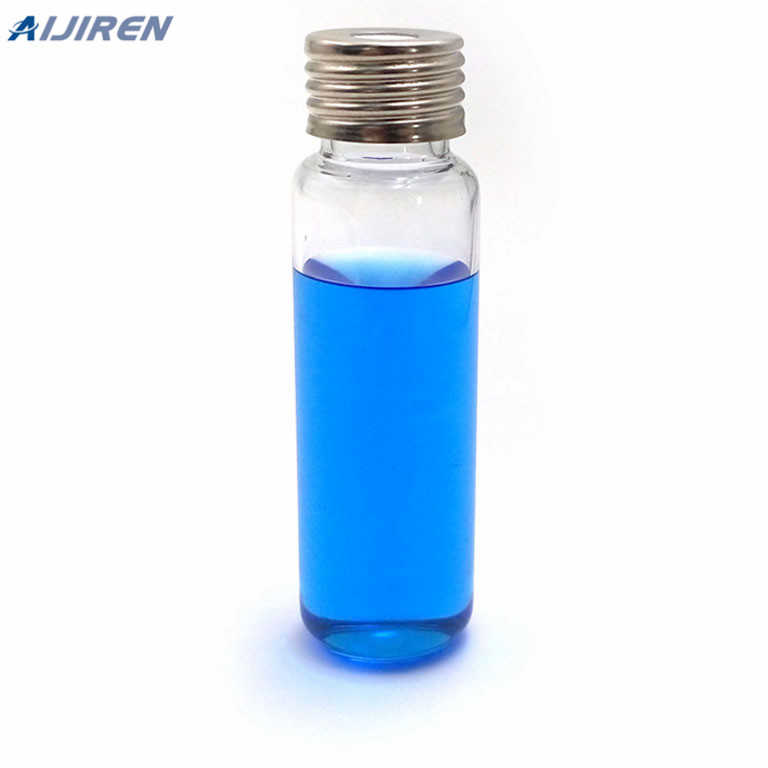
The mechanism of membrane filtration technology in detaining microorganisms is a combination of two phenomena: firstly, the effect of physiochemical interactions between the membrane and microorganisms; and secondly, the sieving effect. 102, 103 The microorganisms that are larger than the pore size of the membrane are retained, and in a similar way the membrane that is negatively charged retains the microorganisms through the repelling force.

If the membrane does not have a substrate, it is bio-directional and either side can be used as the inlet. If it has a substrate, the substrate layer will be more coarse and ridged than the membrane side. The membrane side would be the inlet and the coarse substrate side the outlet. The solvent should enter the inlet side of the membrane first.
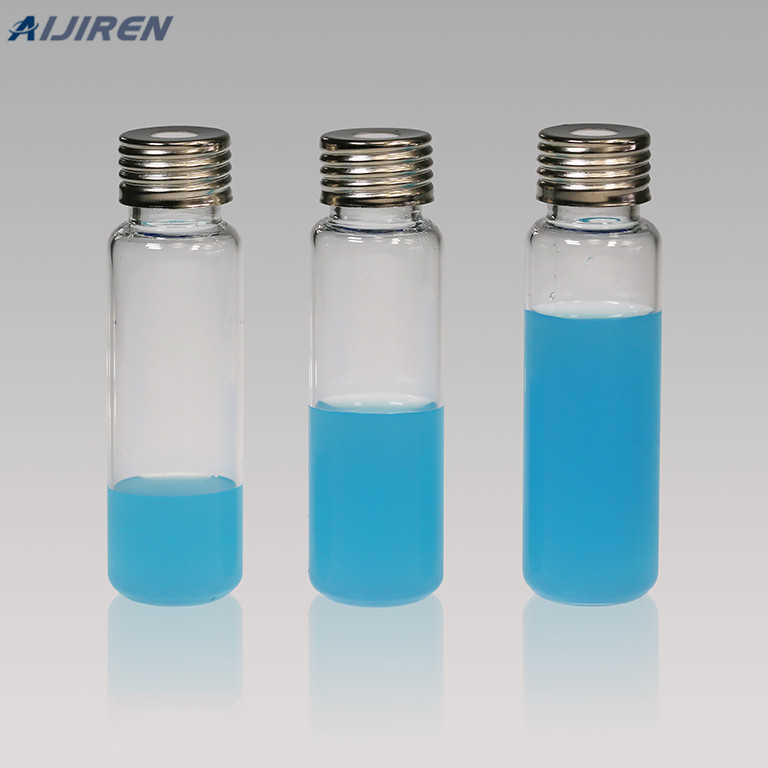
In one report published in 1993, 0.4-µm pore diameter PTFE filters were used to establish that factors secreted by microglial cells are neurotoxic to neurons, whereas factors secreted by astroglia are neuroprotective. 11 In another example of coculture, neural stem cells that overexpressed a gene for hexosaminidase were cultured on porous membranes (again with 0.4-µm pores) and shown to rescue the behavior of cocultured cells deficient in the gene, highlighting the possibility of

Membrane technology has become a dignified separation technology over the past decennia. The main force of membrane technology is the fact that it works without the addition of chemicals, with a relatively low energy use and easy and well-arranged process conductions. Membrane technology is a generic term for a number of different, very
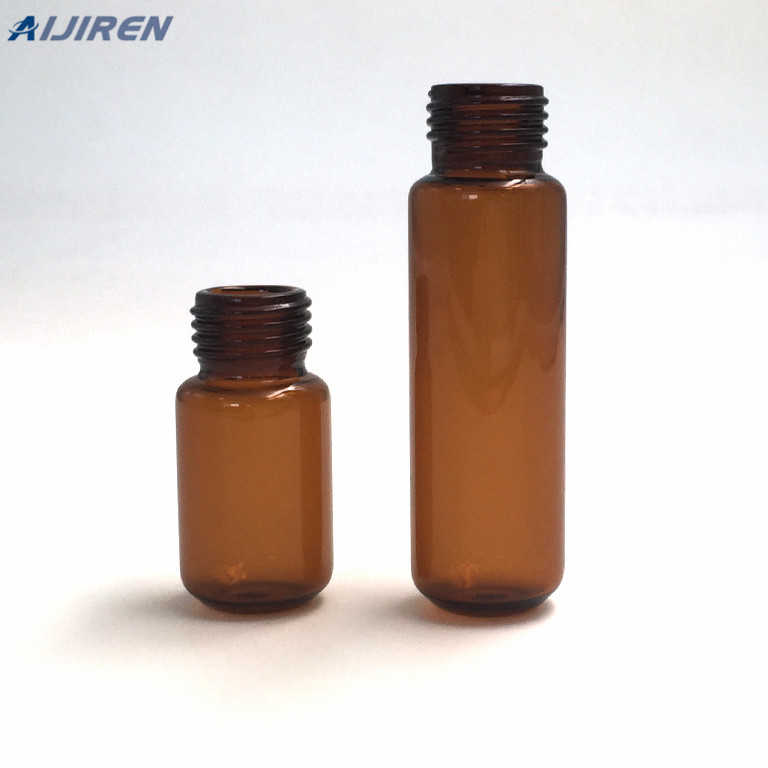
The fouling modelling is similar in spirit to that used in our earlier work on pleated membrane filters (Sanaei et al. Reference Sanaei, Richardson, Witelski and Cummings 2016); however, that work focused on the effects of the pleating, and took no account of depth-dependent structure within the membrane (which is the specific focus of the